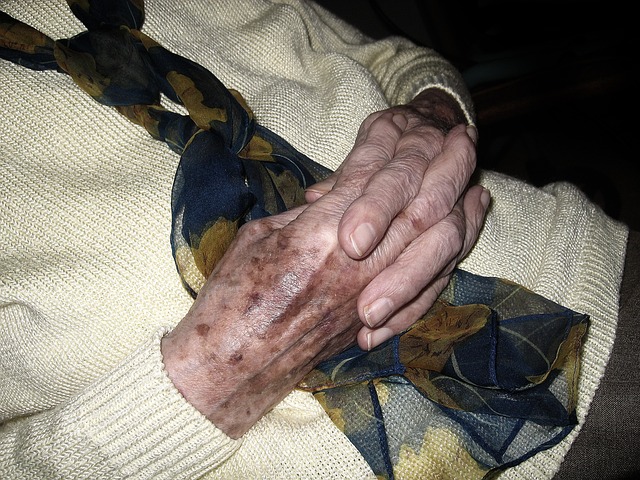Age spots treatment and prevention: Natural remedies and Sun protection
Age spots, also known as liver spots, are flat or rounded brown spots that appear on the hands or face.
Understanding Age Spots: Causes and Sun Exposure
Contrary to their name, they are not caused by age but rather by years of unprotected sun exposure. While they may not become noticeable until later in life, individuals with significant sun exposure can develop them in their 20s and 30s. Certain medications, such as tetracycline, diuretics, and drugs for diabetes and blood pressure, can also increase susceptibility to sun damage and age spots.

Age spots (Image Courtesy: Gerd Altmann from Pixabay)
Lightening Age Spots: Fade Cream and Natural Remedies
To lighten age spots, there are various options available. One over-the-counter solution is Porcelana, a fade cream containing a 2% solution of hydroquinone. For darker spots, a prescription with a 3% solution may be necessary. Another natural remedy involves applying fresh lemon juice directly on the spots twice a day. The mild acidity of lemon juice can help remove or lighten age spots by sloughing off the skin’s outer layer.
A mixture of honey and yogurt can also serve as a natural bleach. Apply the blend once a day, leave it on for 30 minutes, then rinse. Aloe vera gel, preferably sourced directly from the plant, can be applied once or twice daily to encourage the growth of new, healthy skin cells and slough away dead cells. Buttermilk, containing lactic acid, is an old folk remedy that can gently exfoliate sun-damaged skin and pigmented areas.
Camouflaging Age Spots: Cosmetic Concealers
To temporarily conceal age spots, cosmetic concealers like Dermablend can be used. These heavy foundations are available at major department stores. Consult a salesperson to help select the right shade for your skin and provide guidance on application techniques.
The Power of Prevention: Sun Avoidance and Sunscreen
Preventing age spots starts with minimizing sun exposure. Avoid being in the sun during peak hours, which are 10 A.M. to 4 P.M. in the summer and 10 A.M. to 2 P.M. in the winter. Before going outside, apply sunscreen with a sun protection factor (SPF) of at least 15 to all exposed skin, including the face and hands.
Look for sunscreens containing zinc oxide or titanium dioxide, which are effective in guarding against age spots. Remember to reapply sunscreen every two hours if you will be outdoors for an extended period.
Boosting Clothing Protection: Rit Sun Guard
To enhance protection from sun rays penetrating clothing, consider using Rit Sun Guard. This product, added during the wash cycle, increases the sun protection factor (SPF) of your clothing and prevents 96 percent of the sun’s ultraviolet waves from reaching your skin.
Vitamin E for Age Spot Prevention
Vitamin E, an antioxidant, may help prevent age spots by neutralizing skin-damaging free radicals. However, it’s important to apply vitamin E oil after sun exposure, as it can produce free radicals when exposed to sunlight.
When to Consult a Doctor for Age Spots
Age spots are generally harmless, resembling dark, smooth freckles. However, if a spot starts to tingle, itch, change size or color, or bleed, it’s recommended to consult a doctor. Some skin cancers, including melanoma, can resemble age spots. If home remedies do not yield satisfactory results, a dermatologist can offer treatments such as laser treatment or applying liquid nitrogen to remove age spots.